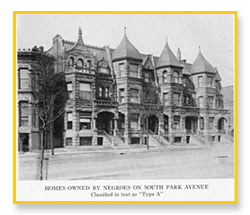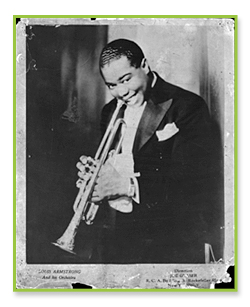It's a Long Way from Home
High School: Grades 9–12
Background Information
The Great Migration
The Great Migration, a long-term movement of African Americans from the South to the urban North, transformed Chicago and other northern cities between 1916 and 1970. Chicago attracted slightly more than 500,000 of the approximately 7 million African Americans who left the South during these decades. Before this migration, African Americans constituted 2 percent of Chicago's population; by 1970, they made up 33 percent of the city.
African Americans left the South in large numbers to seek a better life in northern cities where there were greater economic prospects. What had been a largely southern and rural African American culture in the 19th century became deeply infused with a northern urban sensibility in the 20th century. By the mid-20th century the African American population emerged as a powerful force in the Chicago's political, economic, and cultural life.
Source: The Electronic Encyclopedia of Chicago
The Stroll and the Jazz Age
The Stroll was the name given to State Street between 26th and 39th streets. In the 1910s and 1920s, it was the best-known street in African American culture, rivaled only by Seventh and Lenox avenues in the Harlem neighborhood of New York City. The Stroll was jammed night and day. In the evening the lights blazed, and the sidewalks were crowded with patrons attending the jazz clubs and cafes.
With the Stroll's businesses, such as the Royal Gardens Café (later renamed the Lincoln Gardens Café) booming, Chicago was America's jazz capital during the twenties. Musicians from New Orleans and other parts of the country followed their audiences to the city as part of the Great Migration. One of the most famous groups, King Oliver's Creole Jazz Band (1917–22), featured a changing lineup of great musicians, including the powerful instrumentalist Louis Armstrong.
Source: The Electronic Encyclopedia of Chicago
Downloads (pdf)


